Take a look around. Regardless of where you are, you’re likely to find some elements of nature in your immediate area. Whether it’s a wooden table or flooring, potted plants on the windowsill, or the rich, vibrant green of the walls. These are all aspects of biophilic design.
The biophilia hypothesis states that people naturally gravitate towards nature. Whether it’s materials like wood and stone or colors like light greens and blues, we have this innate urge to surround ourselves with natural colors, patterns, textures, and shapes. There’s a very good reason for this too: biophilic design has been observed to reduce stress levels, elevate your mood, as well as improve results at the workplace.
One of the best examples of biophilic architecture is the Changi airport in Singapore, which combines modern structuring with luscious natural elements. You’re most likely working with a much smaller scale than this, but you can also achieve biophilic design in your home or workplace using these 10 tricks.
1. Colors
Certain colors are naturally very calm and soothing. You’ll have a hard time relaxing locked in a room with deep violets and burnt ambers.
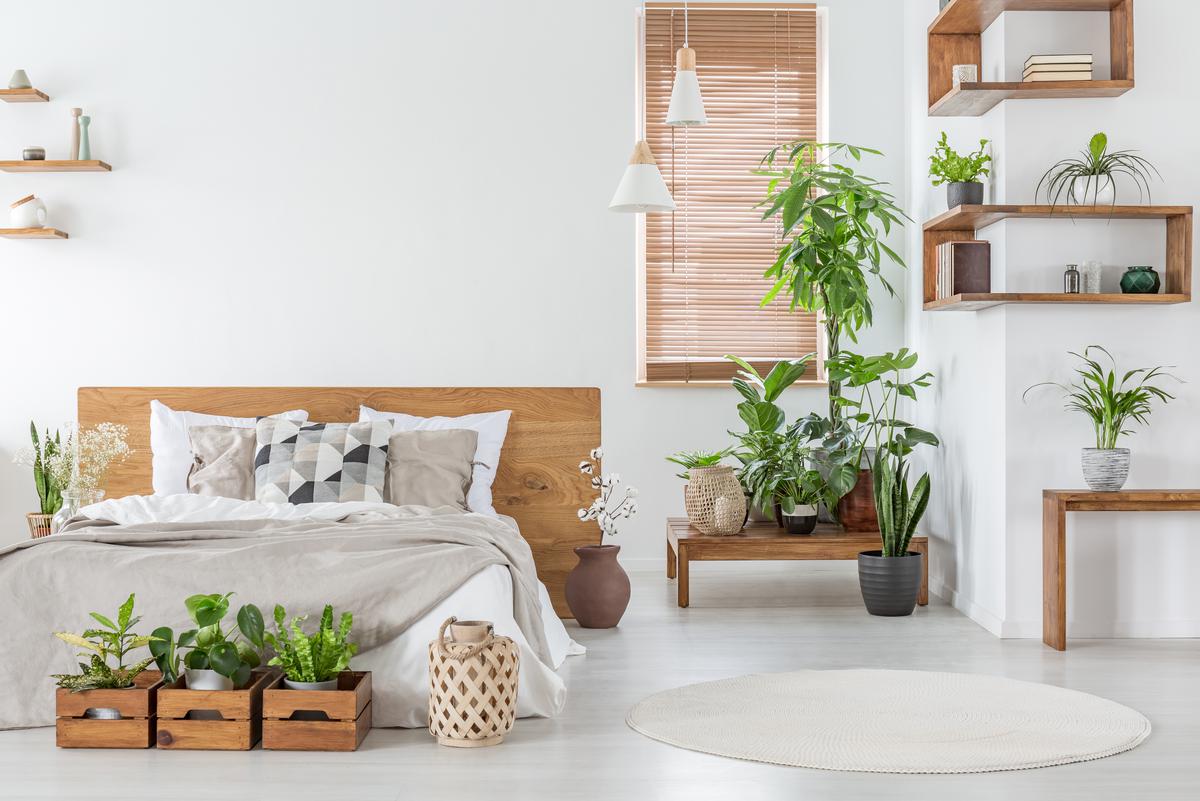
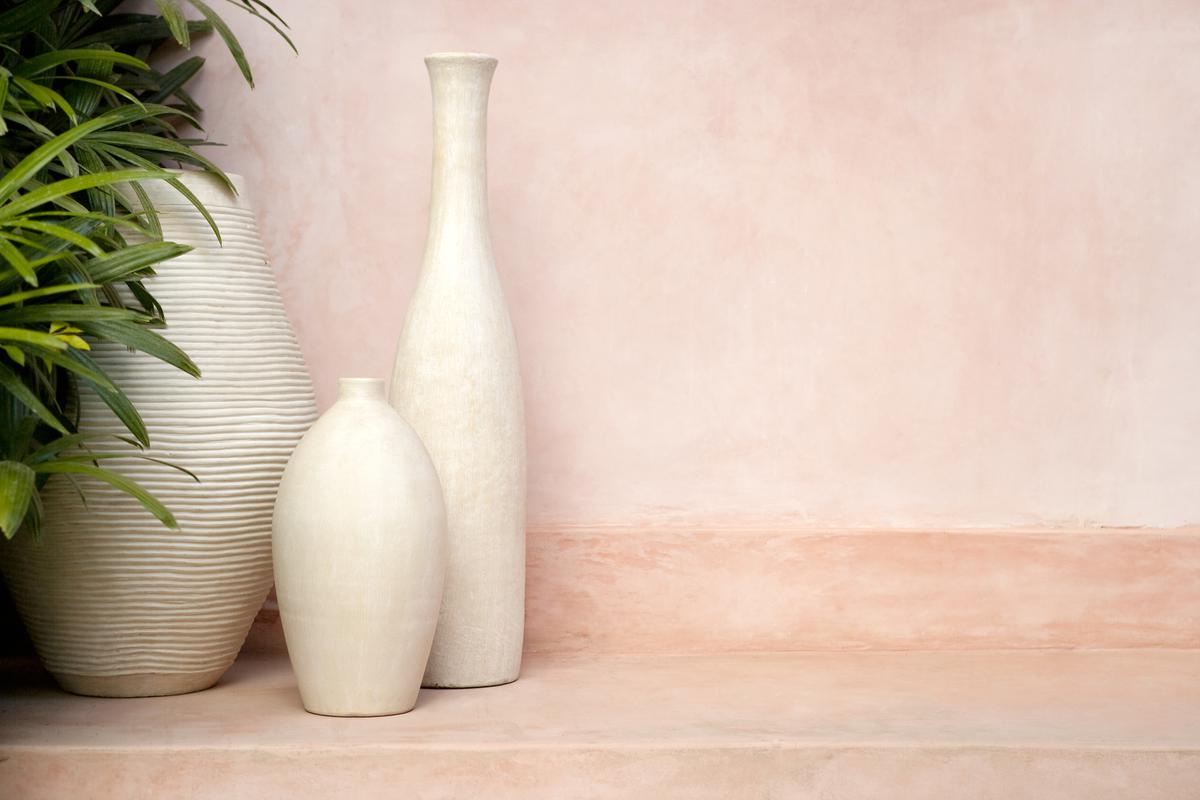
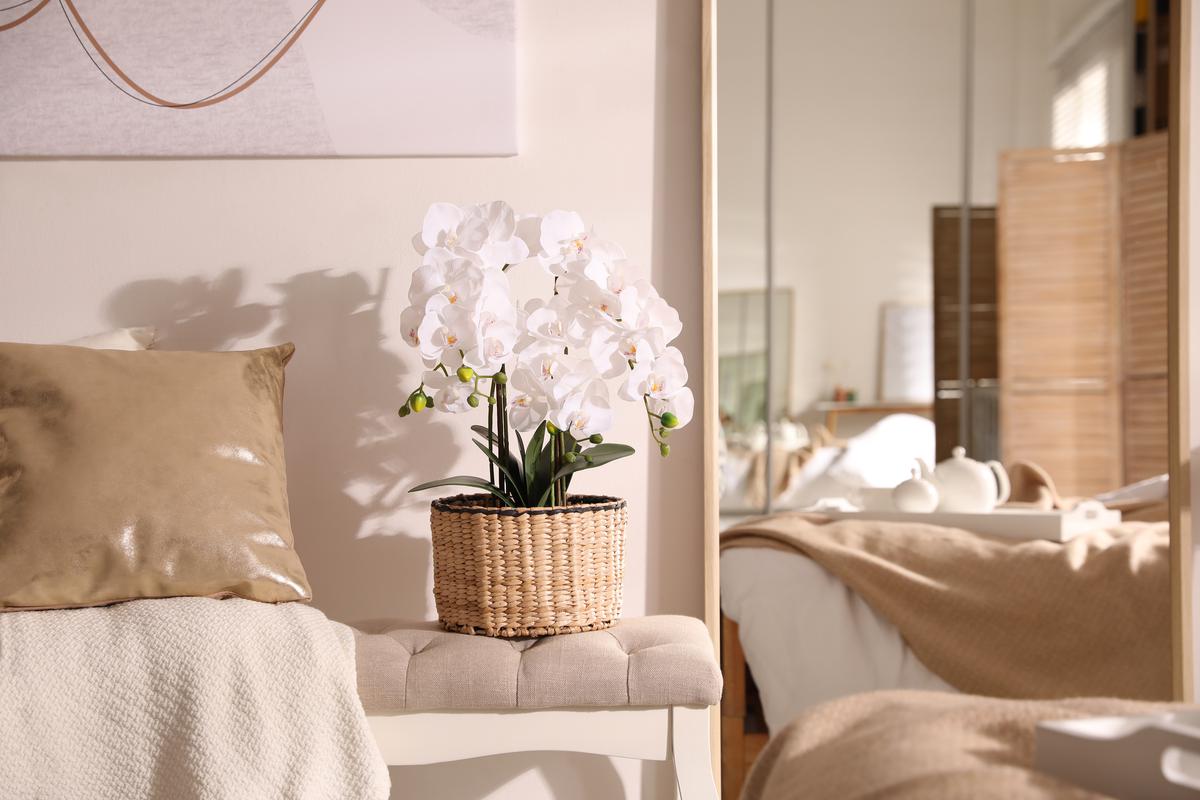
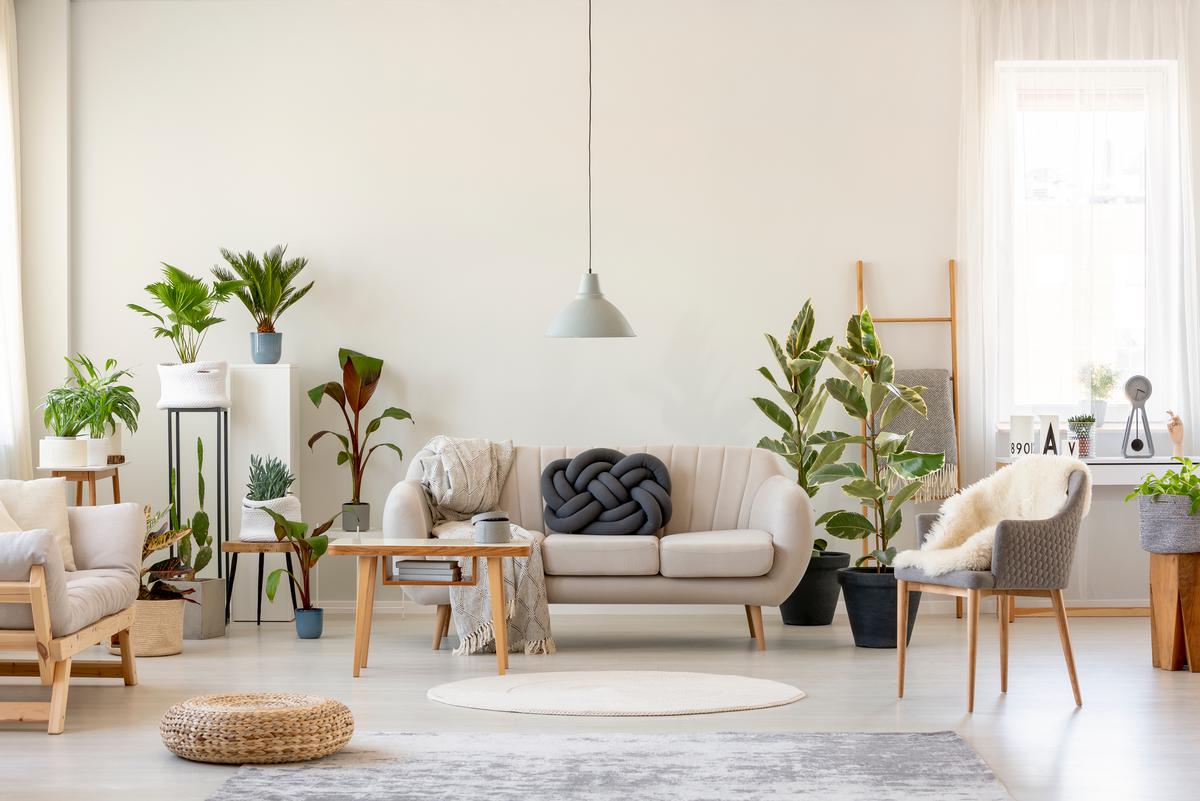
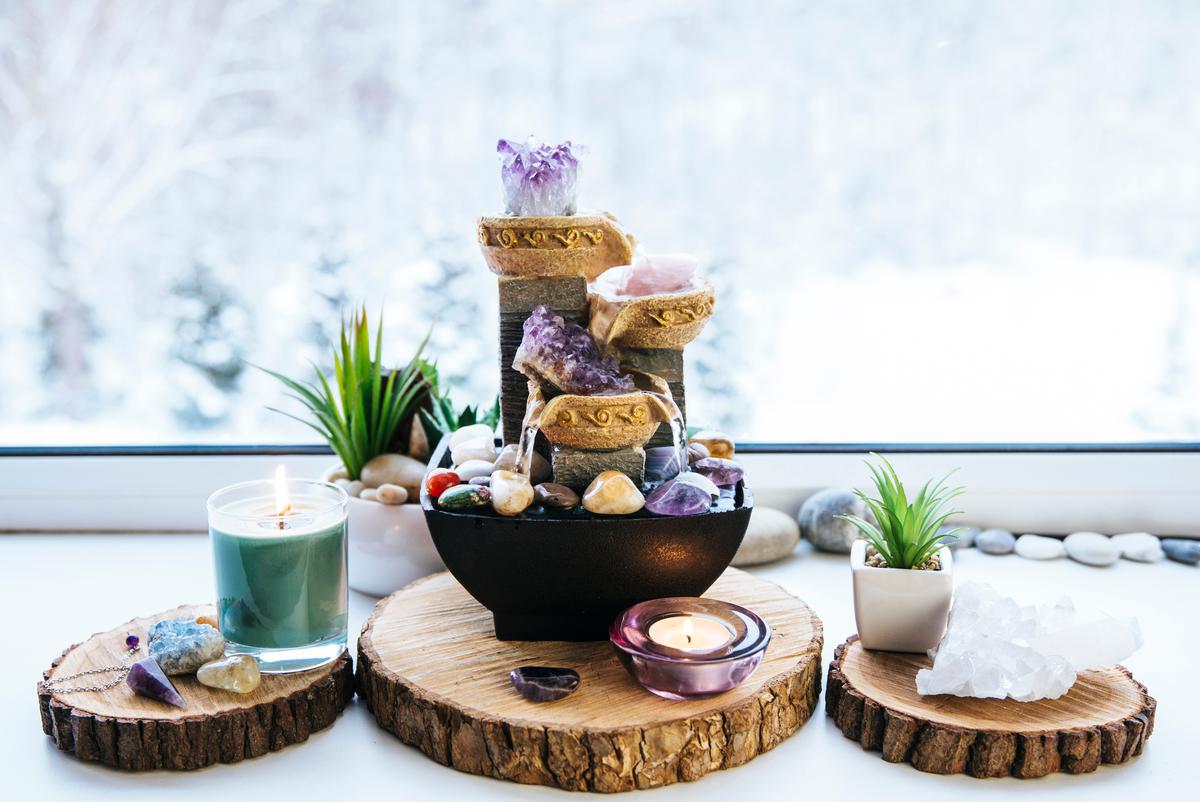
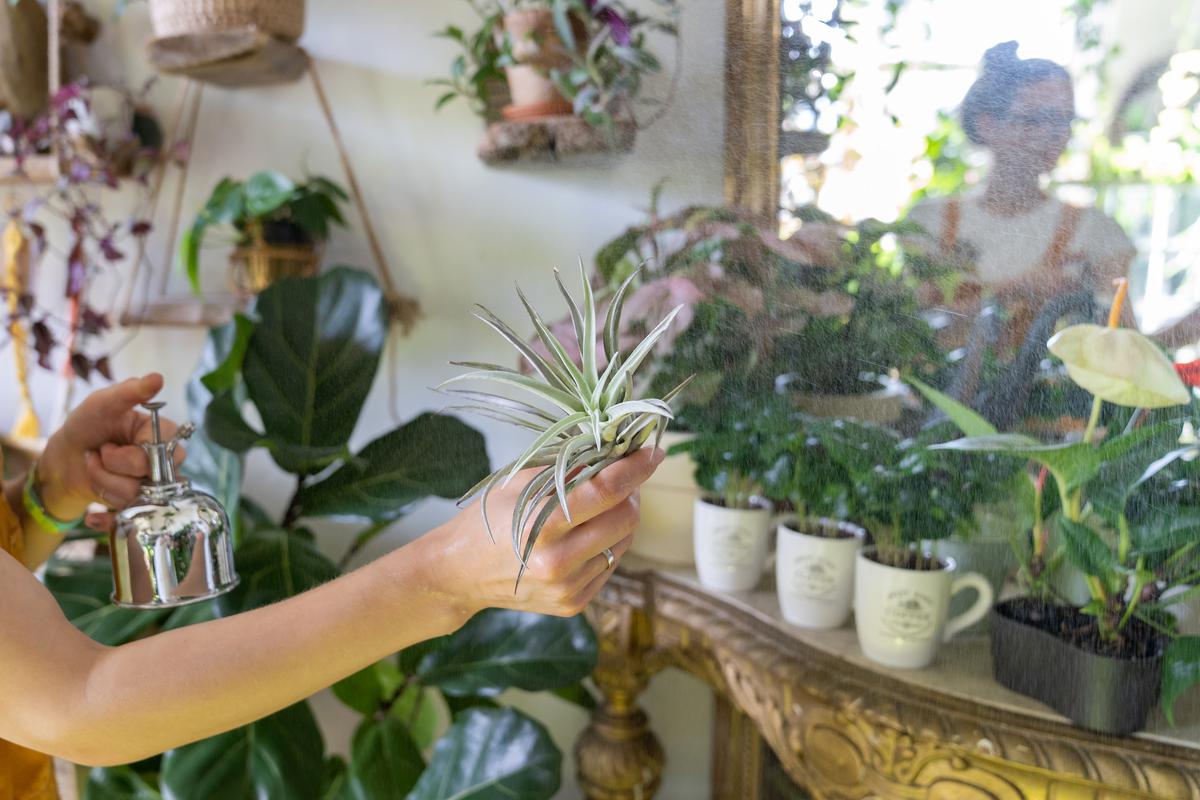
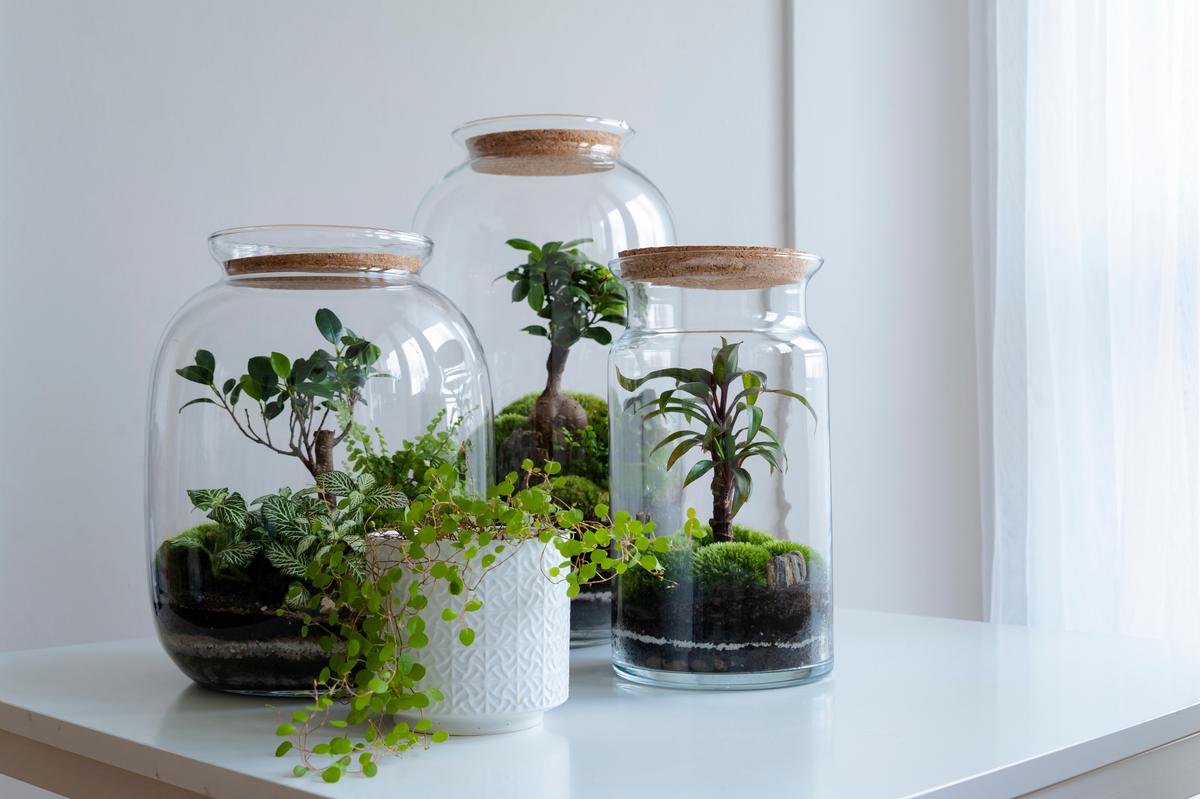
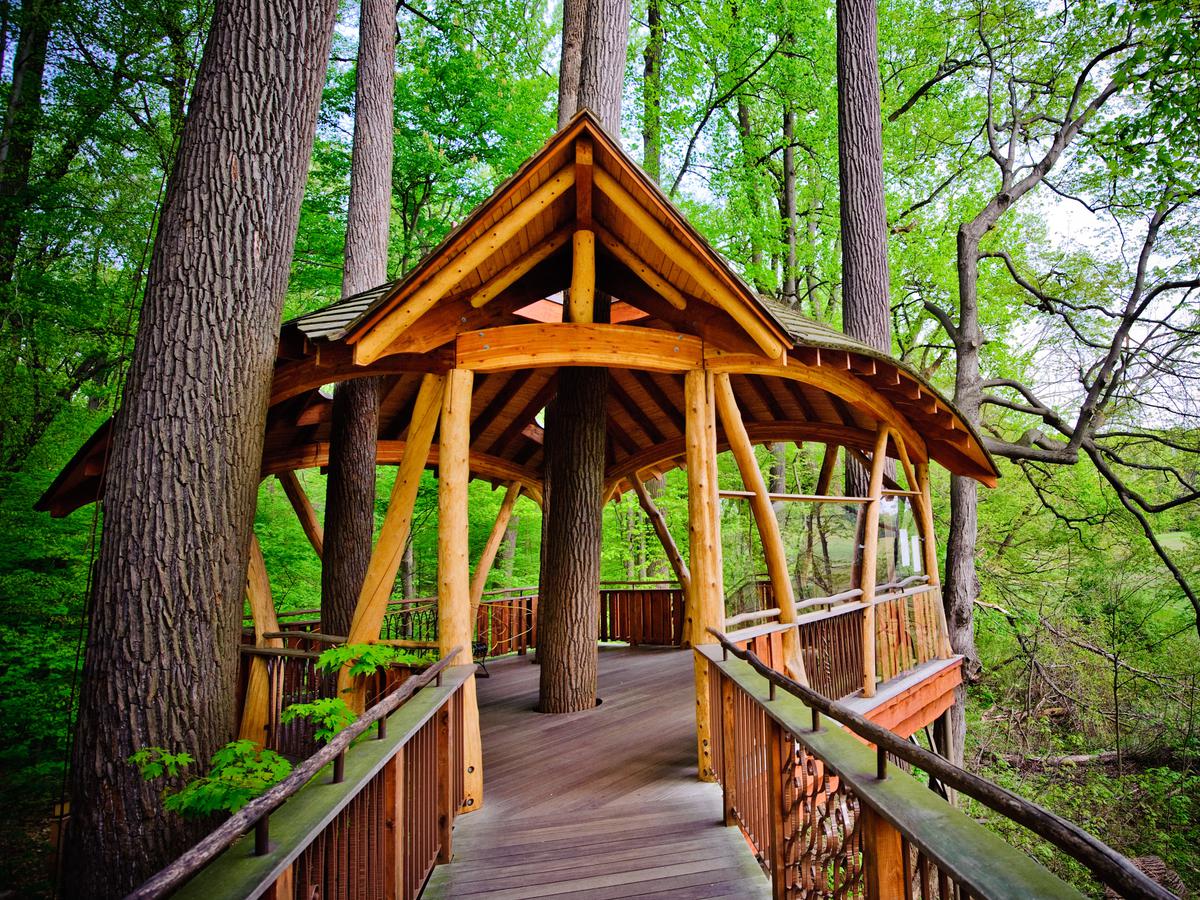
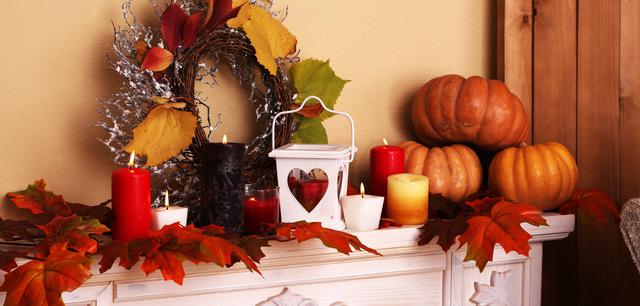
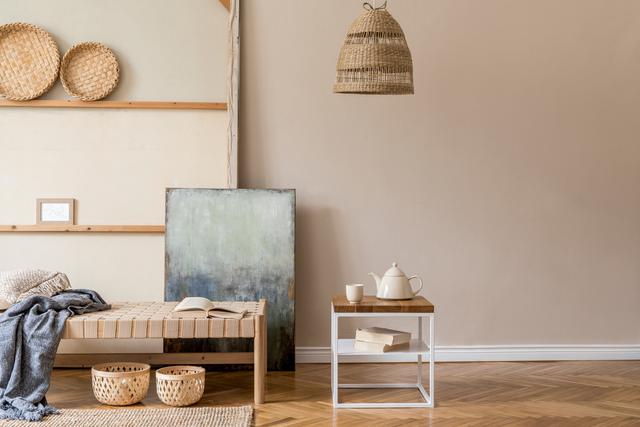
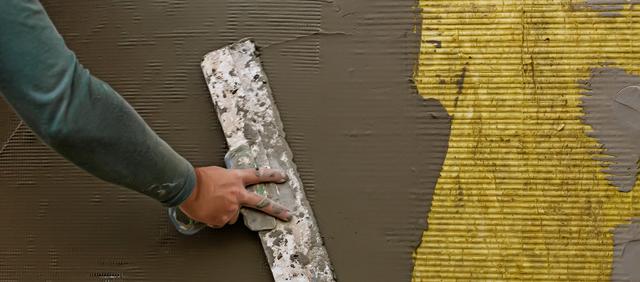
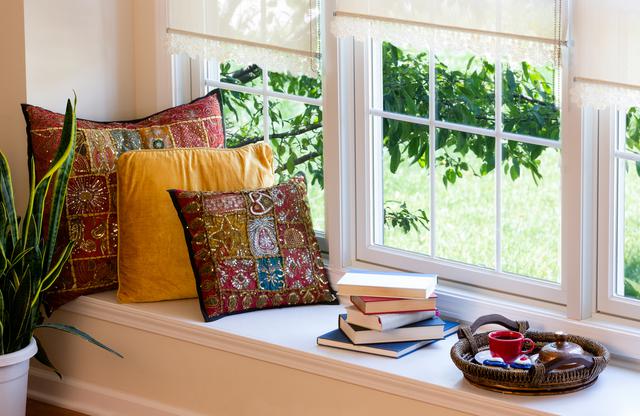
comments